The Carriedo Fountain was named after Francisco Carriedo, a Spanish national, who gave way for Manila's first ever water system. In 1700's, he donated 10,000 pesos for the construction of the water system -- an amount now commonly appearing on bill statement of consumers from Maynilad, are you one of them?
_______________________________________________
(3) San Agustin Church
A favorite site for wedding (although a little few end up with annulment), San Agustin Parish is the first stone church in the Philippines. Founded in 1571, it was declared a World Heritage Site in 1993. It is one of the 4 Baroque churches in the Philippines listed by the UNESCO.
[MANILA] Philippine's first stone church
The church is located along General Luna Street, Intramuros, Manila. Don't also miss to check out the church museum nearby.
_______________________________________________
(4) Ongpin Street
Ongpin Street is centrally running through the heart of Manila's Chinatown of Binondo. Experience the Chinese vibe as you see red lanterns hovering over the street, shops selling Chinese herbs & medicines and Chinese restaurants serving long-life-meals.
[MANILA] Red bike, red clothes, red umbrella, red lanterns, red street post
This street is named after a Chinese businessman Roman Ongpin who financially supported the
katipuneros during a successful uprising against the Spaniards. Binondo is also distinct for it's bright vibe. Expect to see red bicycles, red shirts, red umbrellas, red store signs, red street lanterns and even red street posts.
_______________________________________________
(5) Santa Cruz Church
Marked with a façade and a belfry carved with imposing details, Santa Cruz Church is something that should not be missed during a heritage walking tour around Manila.
[MANILA] Santa Cruz Church in Santa Cruz District
This church is fronting the Carriedo Fountain and the Manila Chinatown. Street vendors are not allowed inside the church premises (hope this condition is consistent) so you can enjoy the space all the time! The latest façade color (as of this post) is orange. Today, the church's architecture is a mixture of American, Hispanic and Asian Baroque ornamentation.
_______________________________________________
(6) Plaza Lacson
An equally historical landmark in Manila is the Plaza Lacson named after Manila's so-called greatest mayor. The plaza is surrounded by buildings with visually appealing architecture.
[MANILA] Plaza Lacson
That beautiful building at the background is the Roman Santos building, named after the founder of Prudential Bank. However, this building is now occupied by the Bank of the Philippine Islands (BPI).
_______________________________________________
(7) Santa Isabel CollegeThis school located along Taft Avenue in Ermita used to be a school exclusive for girls founded in 1594 as a Charitable Brotherhood then became a colegio in 1632 with the primary purpose of educating Spanish orphans, daughters of the Spanish soldiers in the service of the king.
[MANILA] This school is 400+ years old
So what makes this school interesting and unique? I don't know and I'm not really sure. But if you love visiting historical structures older than your favorite fastfood chain and cartoon character, then this school is a great place. Hey, this is 400+ years old, mind you.
_______________________________________________
(8) Philippine Normal University
Although not as old as the Santa Isabel College, the architecture of the school building is something worth seeing during a walk along Taft Avenue in Manila. This school is a great addition to your collection of schools older than 100 years.
[MANILA] Old charming façade with an American-era feel
The Philippine Normal University was founded by the Americans, hence the American architecture. This school specializes in teacher education and has expanded as far as Isabela, Agusan del Sur and Negros Occidental. Have you ever wondered why it was called "normal?"
_______________________________________________
(9) Basilica Minore de San Sebastian
[MANILA] Asia's only steel church
It is located along the Pasaje del Carmen Street in Manila. It's architectural style is a Gothic revival and never became a Gangnam style. You can attempt to photograph the interior. You'll be lucky if there's no event happening inside. Keep calm and hope.
_______________________________________________
(10) National Shrine of St Jude Thaddeus
Church-haters might hate me for this next destination but I believe there are more church-chasers and architecture-freaks out there who really see churches not just a religious structure but also a cultural, architectural and historical landmark. In San Miguel District is the National Shrine of Saint Jude Thaddeus.
[MANILA] The national shrine as the sunset unfolds
Relatively a modern church, it traces it's roots in 1954, the year when the first parish priest was appointed to take charge of this church when it was still called as the Espiritu Santo Chinese Church. When you want to get rid of crowded, noisy and relatively unsafe place to meditate, then this place should be for you. (Disclaimer: I am not a Roman Catholic. I feature the cultural and historical side of churches like this and not their religious implications).
_______________________________________________
(11) Intramuros
Intramuros is Manila's tangible history. Narrow cobblestone streets lined with well-preserved houses, mansions and buildings built during the Spanish era is a history overload you may not contain.
[MANILA] A Cobblestone street lined with charming old houses
Intramuros is a walled city suitable for a walking tour. Don't worry, there's no traffic jam. Just be prepared to pay an expensive
padyak (tri-cycle) ride if you're tired walking which I don't think will happen unless you came here touring during an asthma attack with exacerbation, extreme arthritis, extreme hunger and thirst with prostration or with a serious health condition. Intramuros is pedestrian-friendly. It is a place where you can escape the common Manila street set-up that might stress you.
_______________________________________________
(12) Manila Metropolitan Cathedral-Basilica
The Manila Cathedral being located in Intramuros does not mean it does not deserve a separate mention. The church is Manila's oldest and Mother of all Churches. The natural materials used in constructing this church were provided by the Mother Nature though.
![The Manila Cathedral traces it's roots in 1581 when it was still made up of nipa and bamboo... Manila Cathedral]()
[MANILA] The Manila Cathedral
The Manila Cathedral traces it's roots in 1581 when it was still made up of
nipa and bamboo (materials from Mother Nature) that lasted only for two years because it was consumed by fire. The present structure is already the 6th make over.
_______________________________________________
(13) Santo Niño de Tondo Parish
Earning a notorious image as told by old Filipino action films, Tondo has been known to be a land of gangsters, drug lords and hired killers (that's according to movies). But Tondo is a totally different picture of what the movies are portraying.
[MANILA] Tondo Church
Seeing an old church in Tondo for a
probinsiyano who grew up watching old FPJ and Eddie Garcia (and other action stars) films is a totally different expectation. Who would think that gangsters and drug lords also go to church? (Blame the movies, this is the Tondo image they wanted me to believe. ☻)
_______________________________________________
(14) Binondo Church
This church became a social media sensation among travelers, heritage advocates and some travel bloggers when it's façade has undergone a makeover. Now some parts of the façade is already painted with orange.
[MANILA]Minor Basilica of Saint Lorenzo Ruiz
Binondo Church was founded by the Dominicans to serve the Chinese Christian converts in Binondo District. The architecture is great and beautiful but it's not as imposing as the other old and great churches in the Philippines. At night, the lack of enough lighting makes Binondo Church a pitiful display in front of a plaza teaming with wonderful and eye-catchy fountains lighted with different colors. The interior is however appealing. The paintings at the ceiling is I think what make this church an exceptional jaw-dropper - don't dare skip checking the interior to check the ceiling and you'll know what I mean (just be sure you do not have cervical fracture or severe muscular spasms).
_______________________________________________
(15) Higino Francisco Residence
An old house (but looks like it is substantially renovated) that doesn't really look stunning standing in Binondo is actually where the original manuscripts of the Noli Me Tangere written by Rizal ware kept.
[MANILA] In front of the houseis maybe a sleepy place
A marker of the National Historical Commission is posted thereon. I did not attempt to enter the house because it appeared so unwelcoming that time.
_______________________________________________
(16) Chinatown: Binondo
I might have included some specific destinations in Binondo above but let's treat Binondo as a destination in a different general perspective. Basically it is a community to Filipino-Chinese in Manila. This district used to be Metro Manila's center for business and trade before Makati grabbed the title.
[MANILA] Trying hard to turn my round eye almond-shaped
Just entering the Binondo District will already give you a dose of Chinese stuff starting from the welcome arch to the red street lanterns hanging over the streets of Binondo. Don't forget to eat delicious oriental dish with Filipino mix only the Chinese restaurants of Binondo can provide. By the way, don't confuse yourself with a Korean restaurant and a Chinese restaurant, just in case.
_______________________________________________
(17) Isla de Convalenscia
This is something unusual on the face of Manila. An island in Manila? Yes, you read it right. There is an island in Manila! If you think this island can rival Boracay, Yes! Isla de Convalenscia can actually rival Boracay not in terms of the quality of the sand but in history. By the way, this island has no beach line.
[MANILA] Historical marker of Hospicio de San Jose
This island located at the middle of the Pasig river is where the Hospicio de San Jose was founded during the Spanish era. It is a home for orphans and the [neglected] elderly. Hats off to the nurses here who work for them. One of them is a good friend of mine. This is the oldest charitable institution in the Philippines.
_______________________________________________
(18) The Manila Skyline
Manila skyline has been recognized to be one of the best skylines in the world. Well, it is. You can actually view her skyline rising at the bank of the Pasig River or by the Manila Bay lining the Roxas Boulevard.
[MANILA] The skyline by the river
For Manila-born dwellers, the Manila skyline might be a common scene. But for kids born and raised in the countryside farms and mountains, the skyline of Manila is one thing that excites them. The skyline is a major tourist attraction for them (us). You won't understand this unless you're born to be a traveler but raised in the countryside.
_______________________________________________
(19) Quiapo Church
Quiapo Church is probably the most popular church in the Philippines due to the media hype covering the Feast of the Black Nazarene which is visited by millions of people from all over the Philippines.
[MANILA] Crowd frenzy
For a Manila first-timer, Quiapo is a culture shock. See fortune tellers (who predict your fate by reading the lines on your palms), old folks with long hair dressed in white (like the get-up of Jesus Christ this modern world has known), old women sprinkling Holy Water in the middle of the public square and a constant day crowd of church visitors handling rosaries and rosary booklets while chain smokers and rugby boys are standing beside.
_______________________________________________
(20) Divisoria
Divisoria is said to be the shopping mecca of the Philippines. This part of Manila is crowded with buyers looking for the cheapest products. Divisoria is not exempted from the Filipino mall culture. Shopping malls have popped-out in the area with a twist -- to also sell cheap goods.
[MANILA] A street for cheap goods
This shopping district is located at the boundary of Tondo, Binondo and San Nicolas. Divisoria is under San Nicolas. Shop here and be a wise buyer. Don't wear high heels while squeezing in the crowd but you can actually buy cheap high heels here if you wish.
_______________________________________________
(21) San Miguel Church
This frenzy-free church will let you focus on your meditation without worrying of pickpockets or hold-uppers. I would say it is relatively safer here since it is located near the Malacañang Palace (a heavily guarded building of 'some' corrupt officials). If you happen to visit this church, please don't forget to pray for our leaders residing in Malacañang so that they will be enlightened!
[MANILA] San Miguel Church by Night
The church is also the National Shrine of Saint Michael and the Archangels. The original San Miguel Church was constructed in 1630s as an act of gratitude by a Spanish governor-general who had miraculously escaped death.
_______________________________________________
(22) Santo Cristo de Longos
The practice of veneration to Santo Cristo de Longos in Binondo especially to the Filipino-Chinese community can be seen through the replica of the image located in the alley side off the Ongpin Street. The original image is now housed in the Binondo Church. What's interesting here is the fusion of Roman Catholicism and traditional Chinese religious beliefs.
[MANILA] In Binondo, two religious beliefs fused as one
See Chinese devotees holding incense sticks while facing the replica of Sto Cristo de Longos. This is what we call a fusion of faiths - Roman Catholicism and Chinese religious practices! That said, religion can be man-made, a culture, or just a mind-set. Anyways, this Binondo encounter is beyond fascinating!☻
_______________________________________________
(23) Plaza Calderon de la Barca
This plaza is an island at the middle of Juan Luna Street located in front of the Binondo Church. It is also known as Plaza San Lorenzo Ruiz, named after the first Filipino saint. At night, colorfully lighted fountains add charm to the plaza as the darkness unfolds.
[MANILA] Plaza San Lorenzo Ruiz by Night
A hotel fronting this plaza between Oriente and Veronica Streets is said to be a hotel patronized by our National Hero, José Rizal. If not for the fountains, this plaza will just appear to be a dark, lonesome space.
_______________________________________________
(24) Manila Post Office Building
A grand heritage landmark stealing the attention of passersby, it rises over the banks of the Pasig River and will let you forget that the latter river is polluted. It's grandeur owns that stretch of the river as far as the eye can see.
[MANILA] An imposing structure rising over the riverbank
According to sources, this is no longer in use and a foreign investor will convert it to a hotel (rumor) to restore the structure. Remember that this building once played a role on how we sent our love letters and greeting cards to our loved ones back then. I bet, there are also couples who got married by just exchanging letters through this once operational post office that has rapidly killed and replaced by technology.
_______________________________________________
(25) Ayala Bridge
This is a historic bridge connecting the districts of Ermita and San Miguel in Manila via the historic eyot of Convalenscia. This bridge was first built by Don Jacobo Zobel de Ayala in 1872. There are also rumors that it is designed by Gustav Eiffel though still unproven.
[MANILA] An empty bridge in the heart of the Metro
Just be careful when crossing this bridge by night since it is said to be a favorite place of some people waiting to snatch your cellphone or your wallet.
_______________________________________________
(26) Escolta
This historic street is lined with striking old buildings and structures with old-world feel. Some of the remaining buildings have been decaying through time.
[MANILA] An old decaying building
Parallel with this street is the Pasig River while some parts of the street shoulders are occupied by some urban beggars. This street is not the typical busy Manila street you're thinking. It's definitely a pedestrian-friendly zone that allows you to marvel with the numerous historic buildings with grandiose architecture. This is Manila's pre-war business and luxury district.
_______________________________________________
These are the places and things I discovered in Manila. There are more places and historical sites I've missed -- more reasons to go back and explore the great city. I will update this post whenever I have the chance to visit the other places. Connect with me on
facebook or
twitter to see real-time updates.
▬ end.
BIBLIOGRAPHY
Tolentino, Niki Jon. "The Carriedo Fountain and Manila’s First Water Pipeline System."Noble and Ever Loyal City. 21 May 2014 <http://theurbanhistorian.tumblr.com/post/3143099957/the-carriedo-fountain-and-manilas-first-water>
No Author Identified. "History of San Agustin."San Agustin Church. San Agustin Parish Priest/s. 21 May 2014 <http://sanagustinchurch.org/>
No Author Identified. "Ongpin Street cramped, noisy but an experience."Philippines Travel Guide. 21 May 2014 <http://www.philippines-travel-guide.com/ongpin-street.html>
BeRFi303030 and Cess19. "Santa Cruz Church."tripadvisor Philippines. tripadvisor. 21 May 2014 <http://www.tripadvisor.com.ph/Attraction_Review-g298573-d592712-Reviews-Santa_Cruz_Church-Manila_Metro_Manila_Luzon.html>
Tolentino, Niki Jon. "Santa Cruz Church, Manila." Noble and Ever Loyal City. 21 May 2014 <http://theurbanhistorian.tumblr.com/post/25194885235/santa-cruz-church-manila-the-first-church-was>
Tolentino, Niki Jon. "Untitled." Noble and Ever Loyal City. 21 May 2014 <http://theurbanhistorian.tumblr.com/post/2622100861/before-the-plaza-lacson-near-the-santa-cruz-church>
No Author Identified. "School History."Santa Isabel College. Santa Isabel College. 21 May 2014 <http://santaisabel.dcphilippines.org/history.php>
No Author Identified. "History and Milestones." Philippine Normal University. PNU Administrators. 21 May 2014 <http://www.pnu.edu.ph/page/brief_history.php>
No Author Identified. "Philippine Normal University: a Brief History." Hemlock. 21 May 2014 <http://bsehistory.blogspot.com/2012/04/philippine-normal-university-brief.html>No Author Identified. "History of SAINT JUDE Parish." National Shrine of St. Jude Thaddeus. Saint Jude Parish. 22 May 2014 <http://www.stjudemanila.com/index.php/about-us>No Author Identified. "Manila Cathedral." Philippines Travel Wiki. 22 May 2014 <http://www.philippinestravelwiki.com/manila/manila-cathedral>
Resurreccion, Rene. "Manila Cathedral."Resurreccion Family Site: Aming Angkan. Ressurreccion Clan of Manila. 23 May 2014 <http://resurreccionfamily.tripod.com/id18.html> Gamboa, Coylee. "About Us."Hospicio de San Jose. Hospicio de San Jose. 23 May 2014 <www.hospiciodesanjose.org/about-us>No Author Identified. "Untitled."Hospicio de San Jose. Philippine Orphanage Fund. 23 May 2014 <http://orphanage_fund.tripod.com/facts.htm> No Author Identified. "San Miguel Church, Manila."Yahoo! Travel. Yahoo!. 23 May 2014 <https://travel.yahoo.com/p-travelguide-2767480-san_miguel_church_manila-i#> Aguilar, Karl. "A Fusion of Faiths in Manila."The Urban Roamer. 23 May 2014 <http://www.theurbanroamer.com/a-fusion-of-faiths-in-manila/> Martinez, Glen. "Sto Cristo de Longos of Binondo."Traveler on Foot. 23 May 2014 <http://traveleronfoot.wordpress.com/2011/02/12/sto-cristo-de-longos-of-binondo/>Señor Enrique. "Plaza Calderon de la Barca in Binondo."wish you were here. 24 May 2014. <http://senorenrique.blogspot.com/2008/01/plaza-calderon-de-la-barca-in-binondo.html>
Tolentino, Niki Jon. "Ayala Bridge."Noble and Ever Loyal City. 25 May 2014 <http://theurbanhistorian.tumblr.com/post/4256511927/ayala-bridge-the-bridge-that-connects-ermita-and>













![[TINGLAYAN] There was No Sunrise in Buscalan, Kalinga](http://farm6.staticflickr.com/5490/12720402073_03e7283d1f_o.jpg)


![[TINGLAYAN] Bugnay Rice Terraces and that Lucky Village in Kalinga](http://farm8.staticflickr.com/7435/10248989983_2cc199cc88_o.jpg)
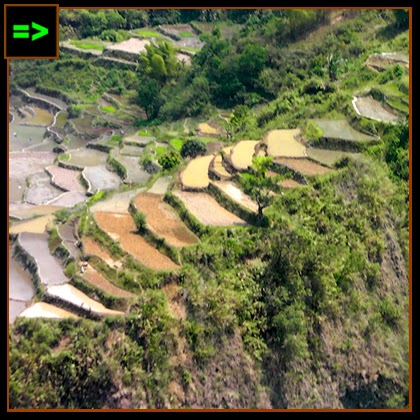
![[SADANGA] Mt Province: Bekigan Rice Terraces, A Cultural Heritage](http://2.bp.blogspot.com/-aggmZ_tBCW4/Ukov7-MMS0I/AAAAAAAANig/rfGk3SRoEWM/s1600/SANY0150aaa.jpg)

![[BONTOC] Palali Rice Terraces: Of First-time Penetration, Pain and Pleasure](http://4.bp.blogspot.com/-wBQp8lXSXyE/UkV8mtVDxGI/AAAAAAAANcg/7dlZWKl-n6g/s1600/CIMG3636.jpg)

![[BONTOC] Bayyo Rice Terraces and Waterfalls - Highland Paradise Living](http://4.bp.blogspot.com/--f2per-C6qk/UkWEshWCDgI/AAAAAAAANc4/v48VnmFIP0c/s1600/DSC00584.jpg)
.jpg)
![[CERVANTES] Rice Terraces: Turning to Vegetable Terraces Too](http://4.bp.blogspot.com/-xN2-ayP4G6k/UkWcxxyZz3I/AAAAAAAANdI/KTnqFAIfmPc/s1600/download+(9).jpg)



![[TINGLAYAN] There was No Sunrise in Buscalan, Kalinga.](http://farm6.staticflickr.com/5492/12720249425_12942b4483_o.jpg)
![[TINGLAYAN] Chewed, Swallowed Frogs in Buscalan, Kalinga.](http://farm6.staticflickr.com/5542/12133387676_a924a7c2ba_o.jpg)
![[TINGLAYAN] 17 Great Memories + First Time Encounters in Buscalan, Kalinga](http://farm8.staticflickr.com/7365/11773634933_0b62204a86_o.jpg)
![[TINGLAYAN] Fang-od (Whang-od): The Last Tribal Tattoo Artist of Kalinga](http://farm4.staticflickr.com/3810/11270542276_8767c62852_m.jpg)
![[TINGLAYAN] The Day I Hiked Solo to Buscalan, Kalinga - Part 2/2](http://4.bp.blogspot.com/-O_mBYorvKIQ/UnWzo7nlOxI/AAAAAAAAN2U/yCtPtXsxtG4/s1600/SANY0133-b.jpg)
![[TINGLAYAN] Bugnay Rice Terraces and that Lucky Village in Kalinga](http://farm8.staticflickr.com/7311/10248990463_320b4ef1d2_m.jpg)


![[TINGLAYAN] Buscalan Rice Terraces Kissed the Clouds](http://farm8.staticflickr.com/7440/12903136575_ab20c114de_o.jpg)




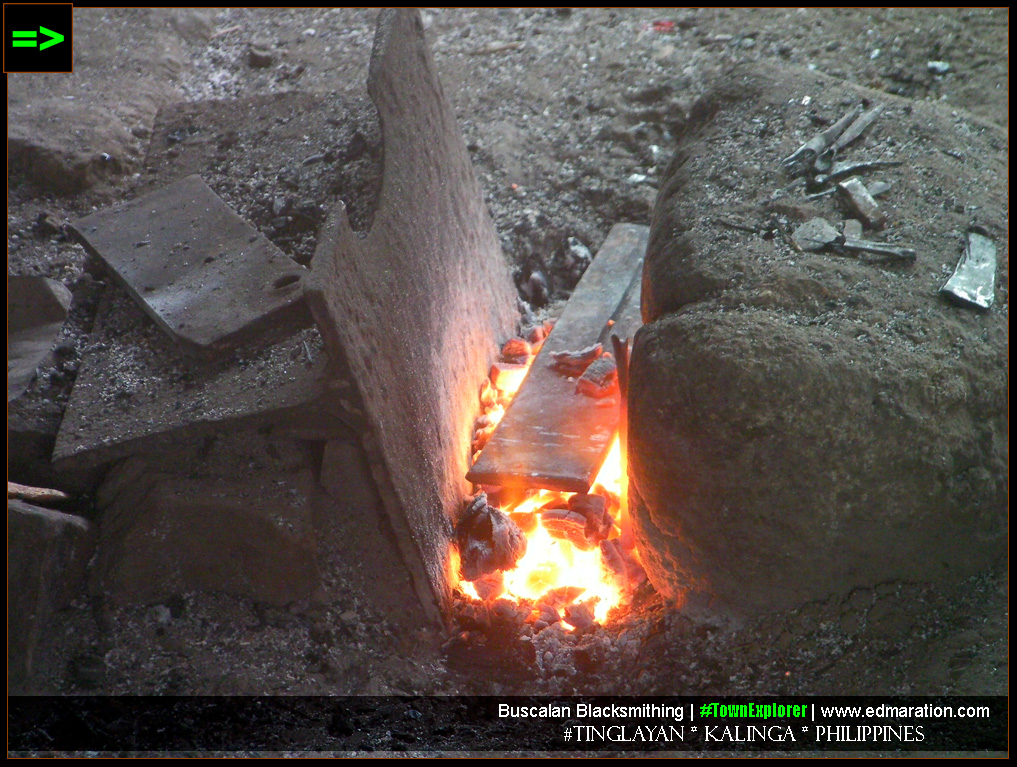
![[TINGLAYAN] Buscalan Rice Terraces Kissed the Clouds](http://farm4.staticflickr.com/3748/12903561964_1c50e86580_o.jpg)












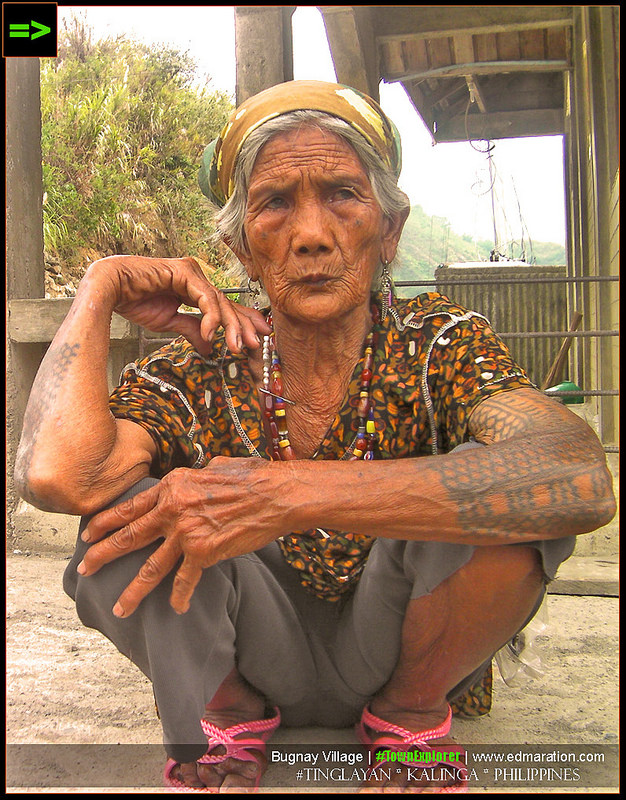
![[TINGLAYAN] Blacksmith Kingdon of Kalinga: Turning Stones into Fire](http://4.bp.blogspot.com/-1EKbbUkVl1M/UzwmxUtkDEI/AAAAAAAAQGU/E4gCeOU5OdY/s1600/SANY0102klhjlkhj.jpg)
![[BONTOC] Of Old Age and Traveling: Meeting an 81-Year-Old Solobackpacker](http://4.bp.blogspot.com/-qe0Pxvrbz2Q/UjiViAM1aQI/AAAAAAAANVI/EOCqUV-CoTE/s1600/DSC00828.jpg)
![[CORDILLERA] The Last Generation of Overt Igorots](http://4.bp.blogspot.com/-O-HmzoPmxTg/UhCZY_E1bkI/AAAAAAAANLk/mODxiOxg3HU/s1600/CIMG3607copy.jpg)
![[BONTOC] Finding Shelter in Alab's Mt. Data: Happy Moments with Strangers](http://2.bp.blogspot.com/-kQ7sDUrS6CQ/UeQHymHU9II/AAAAAAAAMx8/ry8O0pgXYEk/s1600/CIMG3653.jpg)
![[MANABO] Cultural Experience with AMMUTAN TRIBE of Abra](http://4.bp.blogspot.com/-fouE8QfHLqg/UeE66S8NBAI/AAAAAAAAMs8/BlSoUb_yX7s/s1600/CIMG2281+copy.jpg)
![[VIGAN] Meeting the Oldest Palaspas Weaver for Palm Sunday at 74 years old](http://2.bp.blogspot.com/-QNsBgA75mEg/UeP1I_clbGI/AAAAAAAAMxA/gmuayF_sSng/s1600/IMG_1813+copy+(1)+copy.jpg)
![[BANTAY] The Trike Toploader Kids of Sallacong](http://1.bp.blogspot.com/-a4kcnIOucOU/UeP1I5eBiRI/AAAAAAAAMw4/dA_8L1lxHVk/s1600/IMG_0909+copy.jpg)
![[VIGAN] The People I Met Along the Mestizo River](http://4.bp.blogspot.com/-QclCfOETWKs/UeP1L2wXTeI/AAAAAAAAMxg/6LFnkThKe7g/s1600/SAM_3813+copy.jpg)







































































![[ABRA] Province Profile: My Take For This Notorious Province](http://2.bp.blogspot.com/-O8WTAJJbP1A/U2JQMVA7_9I/AAAAAAAAQhI/DQHos1GTaDk/s1600/mbnnnvb.jpg)
![[MANABO] Manabo Bridge: Bridge of Stupidity in Abra](http://farm8.staticflickr.com/7407/13080765054_647191a32d_o.jpg)
![[BANGUED] Kawayan Festival featuring Abra-inspired Terno Fashion Show](http://farm3.staticflickr.com/2456/13080639025_41cd66cf9e_o.jpg)
![[MANABO] Cultural Experience with the Ammutan Tribe of Manabo, Abra](http://farm3.staticflickr.com/2829/13080457205_f75faa8688_o.jpg)
![[LICUAN-BAAY] Abra: Points of Interest and Town Exploration Guide (Baay Side)](http://farm4.staticflickr.com/3263/13081781104_3e4f68b07b_o.jpg)
![[LICUAN-BAAY] Wilawil Falls: Secluded Waterfalls in Baay, Abra](http://farm3.staticflickr.com/2346/13080575753_286afd5633_o.jpg)
![[LICUAN-BAAY] Panaclisan Falls: First Waterfall I've Seen in Abra](http://farm8.staticflickr.com/7368/13080458285_54c9115b0d_o.jpg)
![[LICUAN-BAAY] Trekking in Barefoot for the Second Time](http://farm3.staticflickr.com/2293/13080758853_1a8dbc1ae9_o.jpg)
![[LICUAN-BAAY] Challengingly Sweet Journey to Licuan-Baay, Abra](http://farm3.staticflickr.com/2807/13080458905_87b6591ff7_o.jpg)
![[LICUAN-BAAY] Unscripted Off-Road Back-Riding to the Chocolate Mountains](http://farm3.staticflickr.com/2450/13080767124_be0392ba43_o.jpg)
![[LICUAN-BAAY] An Introduction to the Town of Gold](http://farm8.staticflickr.com/7386/13080458665_d463597d00_o.jpg)
![[SAN QUINTIN] Abra: Tourist Spots, Attraction, Things to Do in Town](http://farm4.staticflickr.com/3153/13080457765_267c0cd35d_o.jpg)
![[SAN QUINTIN] The Most Beautiful Town Hall Location I've Ever Seen](http://farm8.staticflickr.com/7334/13080765434_36d4c95c73_o.jpg)
![[SAN QUINTIN] Tugot ni Angalo (Footprint): The Search for a Legend in Abra](http://farm4.staticflickr.com/3168/13080765604_9575608e21_o.jpg)
![[SAN QUINTIN] Crossing the Abra River for Free, and why it was not More Fun](http://farm3.staticflickr.com/2673/13080456985_1fcb6af5ac_o.jpg)







































![[DAGUPAN] Cathedral of St John the Evangelist: Overgrown Time Trail](http://3.bp.blogspot.com/-0gHp_k_S6gM/U86ZM2gLgfI/AAAAAAAARDY/irpinhdWwTw/s1600/IMG_6546-b.jpg)










![[DAGUPAN] Aside from Bangus, I Discovered Street Food](http://4.bp.blogspot.com/-r4lA5ws88E8/U7gbP5jMaXI/AAAAAAAAQ8w/YgsGHJYlC_I/s1600/184923_1882092018899_5793977_n.jpg)
![[DAGUPAN] Cathedral of St John the Evangelist - Overgrown Time Trail](http://4.bp.blogspot.com/-vtvSi35pZ1Q/U86ZMi-wzCI/AAAAAAAARDQ/snZu6biN_rM/s1600/IMG_65452.jpg)







![[DAGUPAN] ...the Star Plaza Hotel [...] located in a location where people will easily notice... [DAGUPAN] Star Plaza Hotel]](http://3.bp.blogspot.com/-o619dFPJRUc/U9EBNVllsBI/AAAAAAAAREE/aT2_5mVE2_I/s1600/11544748764_523a803088_k.jpg)
![[DAGUPAN] I usually go to Zamora street and eat street food... [DAGUPAN] Zamora Street](http://farm3.staticflickr.com/2921/14717468872_8abf9833dd_z.jpg)
![[DAGUPAN] ...like I entered an another dimension in the city. [DAGUPAN] Cathedral of Saint John the Evangelist](http://farm3.staticflickr.com/2922/14717877115_61b9c52d3b_z.jpg)
![[DAGUPAN] ...I will dig history lessons more when I go back here. [DAGUPAN] Cathedral of Saint John the Evangelist](http://farm4.staticflickr.com/3889/14715375174_51d5dac613_z.jpg)
![[DAGUPAN] The Old Dagupan Cathedral is a picture of stillness, silence and relative seclusion. [DAGUPAN] Cathedral of Saint John the Evangelist](http://farm4.staticflickr.com/3842/14714592041_bd1e812c6b_z.jpg)
![[DAGUPAN] The Old Dagupan Cathedral is a picture of stillness... [DAGUPAN] St John Cathedral Façade](http://farm4.staticflickr.com/3909/14531325327_aea74bdfe4_z.jpg)
![[DAGUPAN] It's charm exudes words like -keep calm and meditate.- [DAGUPAN] St John the Evangelist Cathedral](http://farm4.staticflickr.com/3924/14717760225_0b4fe2d806_c.jpg)
![[DAGUPAN] 8-Ride Diary of How I Went Home After Eating Street Food](http://farm4.staticflickr.com/3856/14578499675_fabba9f473_o.jpg)
![[DAGUPAN] 8-Ride Diary of How I Went Home After Eating Street Food](http://2.bp.blogspot.com/-MTizZZnO9qM/U86ZOTajcuI/AAAAAAAARDo/uzAdwJ2ZGb8/s1600/IMG_67742.jpg)








![[DAGUPAN] What makes actual travel beautiful is the opportunity to see the small details... Zamora Street, Dagupan](http://farm4.staticflickr.com/3844/14531229008_694002abea_z.jpg)
![[DAGUPAN] ...I don't own the world and certain things are reserved for the right person. Zamora Street, Dagupan City](http://farm3.staticflickr.com/2898/14531088210_f33ed47010_z.jpg)
![[DAGUPAN] In front of the cathedral is an instance of a living picture that contains a thousand philosophies and golden rules. Street Vendors in Dagupan City](http://farm6.staticflickr.com/5576/14737629553_76f59444c5_c.jpg)
![[DAGUPAN] Almost everyone has a mission to accomplish. Mussels in Dagupan](http://farm4.staticflickr.com/3852/14531321287_87b82e32e1_z.jpg)
![[DAGUPAN] At least their products are marketable but beyond what they sell are hopes for a better life... Oyster in Dagupan](http://farm4.staticflickr.com/3855/14531322317_f60ac947dd_z.jpg)
![[DAGUPAN] ...they play a part in the travel industry. Oysters](http://4.bp.blogspot.com/-oF_V20D1IcQ/U90mIsM9MwI/AAAAAAAARKw/cDvSyMgA9p0/s1600/IMG_6552.jpg)







![[DAGUPAN] Yes, a railway used to connect Manila and Dagupan. Old Dagupan PNR Train](http://farm4.staticflickr.com/3907/14758692607_45b94e07a7_z.jpg)
![[DAGUPAN] This train was also used during the World War II. Old PNR Train, Dagupan](http://farm4.staticflickr.com/3922/14758563089_0ff5c0f566_z.jpg)
![[DAGUPAN] This train was a helpful machinery in executing violence during the Philippine-American War. Old PNR Train Dagupan](http://farm4.staticflickr.com/3912/14758698917_146cdf1967_z.jpg)
![[DAGUPAN] ...transported soldiers and their ammunition that could remind us of the tragic past. Old PNR Train, Dagupan](http://2.bp.blogspot.com/-0L_NAgDucGc/U_HyzJ74AwI/AAAAAAAART0/yvVR8h4Zw8k/s1600/IMG_6542.jpg)
![[DAGUPAN] Beyond Bangus: Industries for Hopes and Dreams](http://4.bp.blogspot.com/-vqW_10HWn_g/U86ZM-XFunI/AAAAAAAARDU/egWxr3iXcN8/s1600/IMG_6552b.jpg)
![[DAGUPAN] Beyond Bangus: Industries for Hopes and Dreams](http://2.bp.blogspot.com/-RrpsX5l8G2g/U_BxY72954I/AAAAAAAARTg/kqXtNV58Ga0/s1600/14737629553_76f59444c5_c.jpg)
![[VIGAN] ...that sreet corner [...] shone with elegance [VIGAN] Hotel Luna](http://farm4.staticflickr.com/3840/14834024769_e21c639af9_z.jpg)
![[VIGAN] The interior is where the lighting effects become sensational. [VIGAN] Hotel Luna](http://1.bp.blogspot.com/-fqpwrIcouUM/U_zInUUAGrI/AAAAAAAARsc/xTfYncDoT8s/s1600/13693075334_669cef9216_b.jpg)
![[VIGAN] I first thought this was just a typical hotel in Vigan [VIGAN] Hotel Luna](http://1.bp.blogspot.com/-ypVYSgxoXaw/U_3j6IKDIRI/AAAAAAAARuM/jnK97ldDeek/s1600/13692708275_72c347b3b1_b.jpg)


![[VIGAN] ...as I entered the hotel, I was impressed. [VIGAN] Hotel Luna](http://4.bp.blogspot.com/-Kh77_ZQhenE/U_3rzv1v4cI/AAAAAAAARuk/-RpcjqwowJc/s1600/13692715223_b0d8ac1623_b.jpg)
![[VIGAN] It has set the bar higher. [VIGAN] Hotel Luna](http://1.bp.blogspot.com/-AkErmFg3KOw/U_3r1MIg1LI/AAAAAAAARus/viQiDBpRA78/s1600/13693033894_8f99946709_b.jpg)
![[VIGAN] ...every Bigueño should not miss visiting this hotel if they want to learn. [VIGAN] Hotel Luna](http://farm4.staticflickr.com/3915/14834224387_ec4bbcfe14_b.jpg)
![[VIGAN] This is my new standard of a beautiful restored ancestral house. [VIGAN] Hotel Luna](http://farm6.staticflickr.com/5555/14834101440_2b2b4f39c5_z.jpg)
![[VIGAN] Inside the hotel is another experience you should not miss. [VIGAN] Hotel Luna](http://farm6.staticflickr.com/5570/15020377442_c69a7cd399_z.jpg)
![[VIGAN] Forget about daytime for the mean time. [VIGAN] Hotel Luna](http://farm4.staticflickr.com/3895/15017678031_840c330236_z.jpg)
![[VIGAN] ...this museum-hotel in night mode. [VIGAN] Hotel Luna](http://farm6.staticflickr.com/5591/14834221807_5e86158fcd_z.jpg)
![[VIGAN] Hotel Luna also gives the best Vigan experience when you stay with them. [VIGAN] Hotel Luna](http://farm6.staticflickr.com/5586/14834099080_748ed0669a_c.jpg)
![[VIGAN] ...what I saw was an instant relief without dissociating from the Vigan culture and heritage. Hotel Luna](http://farm4.staticflickr.com/3842/14834123288_cd04497ef6_z.jpg)
![[VIGAN] ...the rooms [...] depict the rich culture and heritage of Vigan. [VIGAN] Hotel Luna](http://farm4.staticflickr.com/3851/14834123718_f3b6e6049e_z.jpg)
![[VIGAN] Mindoro Beach: Kissed 2013's Last Sunset Goodbye](http://2.bp.blogspot.com/-sFCiNbYQ4qo/VAB4E9MO47I/AAAAAAAASNw/I3tLaGmdOCk/s1600/11671609693_4b4c10411c_z.jpg)
![[VIGAN] Abel House Decor, an Expression of Love](http://farm8.staticflickr.com/7327/11671729864_6553b3db9c_o.jpg)
![[VIGAN] Binatbatan Festival Street Dancing 2013 (Photo Coverage)](http://farm6.staticflickr.com/5489/11671360765_635f34532b_o.jpg)
![[VIGAN] Karbo Festival: Of Carabao, Glasses and Seeds](http://farm4.staticflickr.com/3739/11671612523_15ae15b1aa_o.jpg)
![[VIGAN] World Costume Festival: Vigan Conquers the World](http://farm4.staticflickr.com/3686/11671730684_1c6b41326c_o.jpg)
![[VIGAN] Procession: Observing the Semana Santa in Vigan](http://farm6.staticflickr.com/5548/11671357785_9d17e0a837_o.jpg)
![[VIGAN] Domingo de Ramos (Palm Sunday) Scenes](http://farm6.staticflickr.com/5507/11684151746_11e99b278c_o.jpg)
![[VIGAN] Dancing Fountain: Plaza Salcedo Repackaged](http://farm8.staticflickr.com/7403/11672151146_ca1c6c371e_o.jpg)
![[VIGAN] Longganisa Festival: a#b Colorful Vigan City Fiesta](http://farm3.staticflickr.com/2827/11671356135_294dd36298_o.jpg)
![[VIGAN] Witnessing 2013's First Sunset in Perspective](http://farm3.staticflickr.com/2835/11671362185_ee5bb04720_o.jpg)
![[VIGAN] Glass Mosaic and Boklan Arts, and Some Revelations About Me](http://farm6.staticflickr.com/5476/11684455054_5a2bf65cbf_o.jpg)
![[VIGAN] Calle Crisologo and the Calesa Parade](http://farm6.staticflickr.com/5502/11671732004_b897f288c3_o.jpg)
![[VIGAN] Pasagad Dressing and the Largest Gathering of Carabao in Vigan](http://farm6.staticflickr.com/5523/11671732054_c780140cab_o.jpg)
![[VIGAN] Exotic Food: Frog-Eater in 15 minutes](http://farm6.staticflickr.com/5540/11684871086_cb45842cf2_o.jpg)
![[VIGAN] Binatbatan Festival: a Festival of Cottons and Fabric](http://farm6.staticflickr.com/5519/11671732584_53a179b8d8_o.jpg)


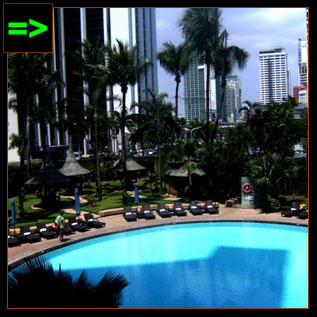



![[VIGAN] ...a city where the saying forget the past does not apply. [VIGAN] Chula Bar, Hotel Luna](http://2.bp.blogspot.com/-433M66ydZH8/VAm7mtP806I/AAAAAAAASk8/LvD2trBX9VU/s1600/IMG_7790.jpg)
![[VIGAN] The remains of the past are her beauty [VIGAN] Chula Bar, Hotel Luna](http://3.bp.blogspot.com/-LT1U9RGM-7I/VAm_VpsVyoI/AAAAAAAASlI/JHWtrkH2V5g/s1600/IMG_7789.jpg)
![[VIGAN] Its heritage is her wealth. [VIGAN] Chula Bar, Hotel Luna](http://2.bp.blogspot.com/-mgQQxeBZI-M/VAnRD6hFa4I/AAAAAAAASlo/LKNQP7z5Xaw/s1600/IMG_7781.jpg)
![[VIGAN] Its history is her pride. [VIGAN] Chula Bar, Hotel Luna](http://1.bp.blogspot.com/-uv_NFgapXxA/VAnRH2wC3WI/AAAAAAAASlw/RDkjqCb1K1A/s1600/IMG_7782.jpg)
![[VIGAN] I entered the Chula Bar in Hotel Luna amazed.](http://farm4.staticflickr.com/3908/15146891845_733938443b_z.jpg)
![[VIGAN] I've seen many restaurants [...] but Chula Bar stands out. [VIGAN] Chula Bar, Hotel Luna](http://farm6.staticflickr.com/5554/15146888825_658fcd249c_z.jpg)
![[VIGAN] Replicas of Juan Luna's iconic paintings are displayed inside the bar. [VIGAN] Chula Bar, Hotel Luna](http://farm6.staticflickr.com/5565/14960183289_3ddc99dd3c_z.jpg)
![[VIGAN] A multi-million dollar original painting of Juan Luna is also inside this hotel. [VIGAN] Chula Bar, Hotel Luna](http://farm4.staticflickr.com/3912/14960232510_ce683241e6_z.jpg)
![[VIGAN] The tables are ready for the buffet. [VIGAN] Chula Bar, Hotel Luna](http://farm4.staticflickr.com/3883/14960231590_42ebb47466_z.jpg)
![[VIGAN] merienda buffet [VIGAN] Chula Bar, Hotel Luna](http://farm4.staticflickr.com/3871/15146893245_23f5b30181_z.jpg)
![[VIGAN] Vigan sweets [VIGAN] Chula Bar, Hotel Luna](http://farm4.staticflickr.com/3858/14960329998_b2b6ed2622_z.jpg)
![[VIGAN] bread with special egg toppings [VIGAN] Chula Bar, Hotel Luna](http://farm4.staticflickr.com/3894/15146893775_930fdef3c1_z.jpg)
![[VIGAN] puto with different colors [VIGAN] Chula Bar, Hotel Luna](http://farm4.staticflickr.com/3852/15143905251_ff0dd6f809_z.jpg)
![[VIGAN] with cheese topping [VIGAN] Chula Bar, Hotel Luna](http://farm6.staticflickr.com/5582/15143905581_1c39f3890c_z.jpg)
![[VIGAN] Sliced sweetened bananas with sesame seeds [VIGAN] Chula Bar, Hotel Luna](http://farm4.staticflickr.com/3903/15143905931_dfc6effa7d_z.jpg)
![[VIGAN] leche flan [VIGAN] Chula Bar, Hotel Luna](http://farm6.staticflickr.com/5562/14960185599_d2b89579ce_z.jpg)
![[VIGAN] maja blanca [VIGAN] Chula Bar, Hotel Luna](http://farm6.staticflickr.com/5551/15146894825_b93d3e86b3_z.jpg)
![[VIGAN] lumpiang gulay [VIGAN] Chula Bar, Hotel Luna](http://farm6.staticflickr.com/5567/14960333267_18a60cbb39_z.jpg)
![[VIGAN] nuts on top [VIGAN] Chula Bar, Hotel Luna](http://farm4.staticflickr.com/3862/14960333437_de8e199f55_z.jpg)
![[VIGAN] marshmallows [VIGAN] Chula Bar, Hotel Luna](http://farm6.staticflickr.com/5562/14960333697_9c9ea0630a_z.jpg)
![[VIGAN] pancakes [VIGAN] Chula Bar, Hotel Luna](http://farm4.staticflickr.com/3912/15123879726_a3666df9a8_z.jpg)
![[VIGAN] guests looking on the food [VIGAN] Chula Bar, Hotel Luna](http://farm6.staticflickr.com/5565/15146896295_4fea805d10_z.jpg)
![[VIGAN] My mix](http://farm4.staticflickr.com/3898/15146896755_69de04be3f_z.jpg)
![[VIGAN] This guest gets her own mix [VIGAN] Chula Bar, Hotel Luna](http://farm4.staticflickr.com/3857/14960181179_52b15551f3_z.jpg)
![[VIGAN] They can get all they want. [VIGAN] Chula Bar, Hotel Luna](http://farm6.staticflickr.com/5595/14960230450_8b6865afb2_z.jpg)
![[VIGAN] for filling-up [VIGAN] Chula Bar, Hotel Luna](http://farm6.staticflickr.com/5590/15143902691_000489cfa9_z.jpg)
![[VIGAN] guests in the saloon bar [VIGAN] Chula Bar, Hotel Luna](http://farm4.staticflickr.com/3923/14960330957_aa87561720_b.jpg)
![VIGAN] ready for consumption](http://farm4.staticflickr.com/3917/15143901011_7c24d86918_z.jpg)

![[VIGAN] Hotel Luna: Overnight Stay in a Posh Museum-Hotel](http://2.bp.blogspot.com/-4rduzH606FM/VACY2LU2t1I/AAAAAAAASP4/vSsw9rAaXfc/s1600/13692908524_1259d20aac_b%2Bcopy.jpg)















![This painting [...] is a creation of Ronald Ventura.](http://farm6.staticflickr.com/5592/14978833267_c30876e0ec_z.jpg)


![...the [...] guide told me that the painting [...] is an original work of Juan Luna...](http://farm6.staticflickr.com/5595/14978678999_6c08c3a3ae_z.jpg)



![Artworks here are [...] precious...](http://farm4.staticflickr.com/3840/15142372206_7e45f11524_z.jpg)


![...executive suites [...] cost P12,500 for a day of stay.](http://farm4.staticflickr.com/3839/14978830678_eef091bebd_z.jpg)
![One [...] who stayed here is Sen Antonio Trillanes IV.](http://farm6.staticflickr.com/5554/15165018632_119a40f1cb_z.jpg)






![[VIGAN] Chula Saloon Bar: a Museum-Feel Restaurant Bar](http://1.bp.blogspot.com/-SVq-22fO9-4/VAxxOyYKjCI/AAAAAAAASnY/bpPLx6b2jBs/s1600/e.jpg)



![I visit this beach [...] to reflect and have fun.](http://3.bp.blogspot.com/-0RI9_XPSfIs/VBG5utRpJfI/AAAAAAAATAk/17PUqvdWgho/s1600/11728931035_2db0248222_o.jpg)




![They must have been doing this for a [...] great purpose.](http://farm4.staticflickr.com/3882/14978779620_7678999013_z.jpg)





![[VIGAN] 14 Things to See and Expect at Hotel Luna Museum Tour](http://4.bp.blogspot.com/--hGIuCO4Mxg/VBBqj1J2aUI/AAAAAAAAS-k/tvfttXpB82o/s1600/IMG_7819.jpg)







.jpg)
![...brick tiles were also used as rooftop. [VIGAN] MESTIZO DISTRICT](http://farm4.staticflickr.com/3901/15071579470_391fb15545_z.jpg)
![An ordinance provides [...] that the original roofs [...] should be retained.](http://farm4.staticflickr.com/3917/15235257606_62648eb790_z.jpg)
![Preservation was successful but it never became perfect. [VIGAN] ANCESTRAL HOUSES ROOFING]](http://3.bp.blogspot.com/-cvC9VhURvOQ/VBwNjKO0wCI/AAAAAAAATLE/dqebBKYhB5o/s1600/%5BVigan%5D%2BRooftop%2Bof%2BAncestral%2BHouses%2B(4).jpg)
![Some original roofs have been replaced... [VIGAN] ANCESTRAL HOUSES ROOFING]](http://3.bp.blogspot.com/-RvTHumEdxWM/VBwNjpYj5gI/AAAAAAAATLI/bFK_h59qJso/s1600/%5BVigan%5D%2BRooftop%2Bof%2BAncestral%2BHouses%2B(6).jpg)
![The functional and decorative features of these houses [...] should be preserved too... [VIGAN] ANCESTRAL HOUSES](http://1.bp.blogspot.com/-z08lOA2bNlE/VBwffGaHjdI/AAAAAAAATL0/h9jAz6ieavs/s1600/%5BVigan%5D%2BRooftop%2Bof%2BAncestral%2BHouses%2B(5).jpg)
![The eaves shall be detailed... [VIGAN] ANCESTRAL HOUSE SOFFIT](http://3.bp.blogspot.com/-6IT4yM1HJbY/VBw0mhzH-6I/AAAAAAAATMQ/0toOJiDPDuA/s1600/%5BVigan%5D%2BRooftop%2Bof%2BAncestral%2BHouses%2B(2).jpg)
![Under eaves/soffit treatment which shall be in wood, sheet metal or masonry [VIGAN] ANCESTRAL HOUSE ROOF EAVE](http://3.bp.blogspot.com/-VOzWyJdifQk/VBw0mERKReI/AAAAAAAATMM/irhXgRcrw7w/s1600/%5BVigan%5D%2BRooftop%2Bof%2BAncestral%2BHouses%2B(3).jpg)
![...solar panels now invade the ancestral houses roofs. [VIGAN] ANCESTRAL HOUSE ROOF EAVE](http://2.bp.blogspot.com/-45nS0xzgtiA/VBwff0eGtYI/AAAAAAAATL4/Gly0bHiWaBQ/s1600/%5BVigan%5D%2BRooftop%2Bof%2BAncestral%2BHouses%2B(7).jpg)
![[VIGAN] Sunset for the Future, Inspiring People of the Present](http://2.bp.blogspot.com/-Fnc7pLVnCq4/VBL-vdp2mQI/AAAAAAAATBE/DDUjIeLkwFo/s1600/11728931035_2db0248222_o%2Bcopy.jpg)






![I went to Bistro Amarillo and rediscovered this old favorite... [VIGAN]](http://farm4.staticflickr.com/3881/15368658242_df6087e522_z.jpg)
![Bistro Amarillo address: Hotel Salcedo, General Luna corner Salcedo Street, Vigan City... [VIGAN] CRISPY BAGIS](http://farm4.staticflickr.com/3843/15368962795_9b7f8f7436_z.jpg)
![They are open everyday from breakfast to dinner hours. [VIGAN] CRISPY BAGIS](http://farm4.staticflickr.com/3899/15365805331_14924b73b9_z.jpg)
![...exterior of Bistro Amarillo [VIGAN] CRISPY BAGIS](http://farm3.staticflickr.com/2942/15368661412_ee48dfa82b_c.jpg)
![PHOTO: AN ORIGINAL PAINTING OF JUAN LUNA ► [VIGAN]](http://2.bp.blogspot.com/-2-TxwzIf0So/VBBqj75cy8I/AAAAAAAAS-o/M4aOW5Hp12g/s1600/IMG_7817.jpg)
![[VIGAN] Ancestral Houses: How Does (and Should) the Rooftop Look Like?](http://2.bp.blogspot.com/-VsQj6qK1XvE/VCQpMzyNBpI/AAAAAAAATU4/ixGHEvmLM4s/s1600/%5BVigan%5D%2BRooftop%2Bof%2BAncestral%2BHouses%2B(2).jpg)
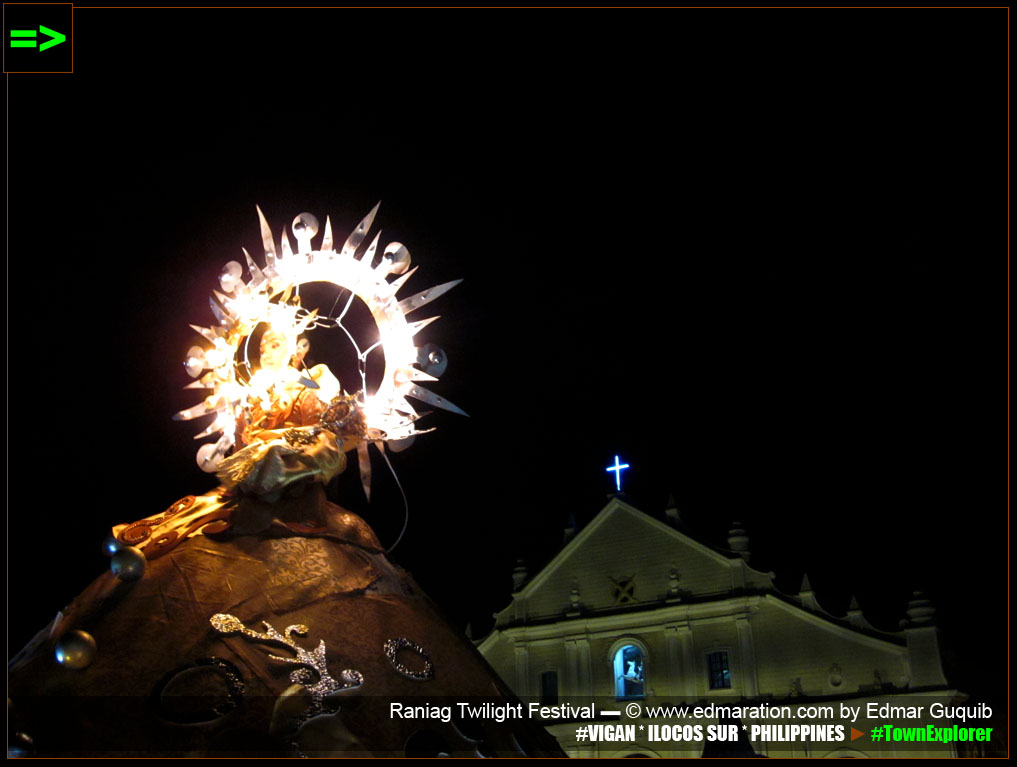
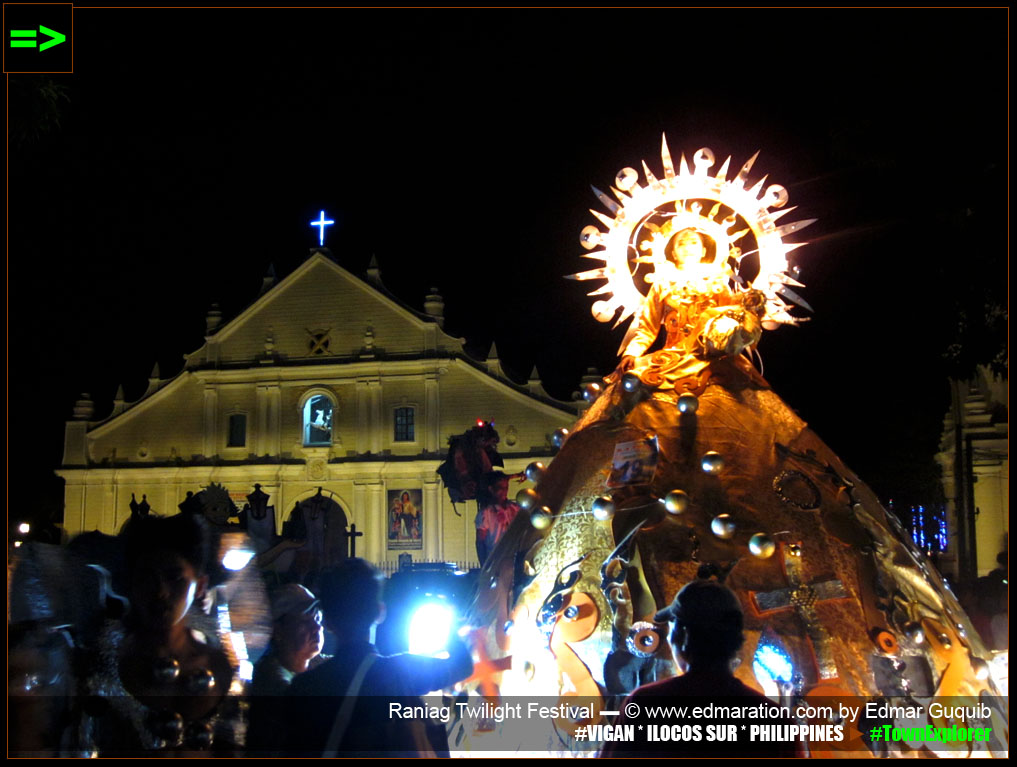
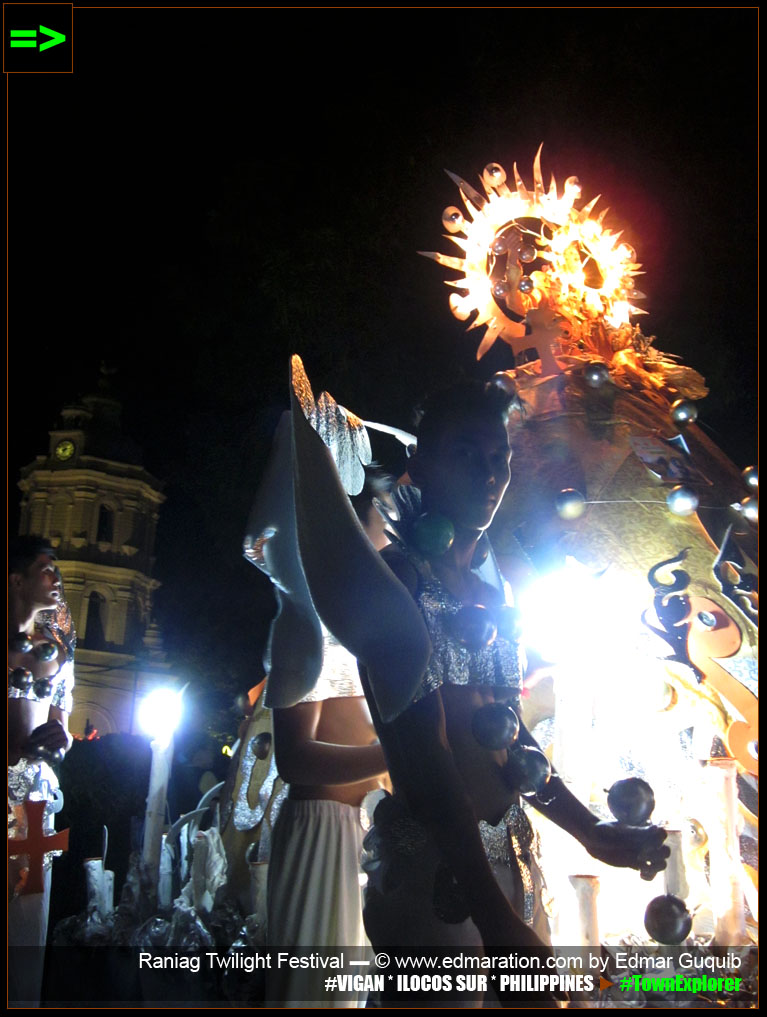
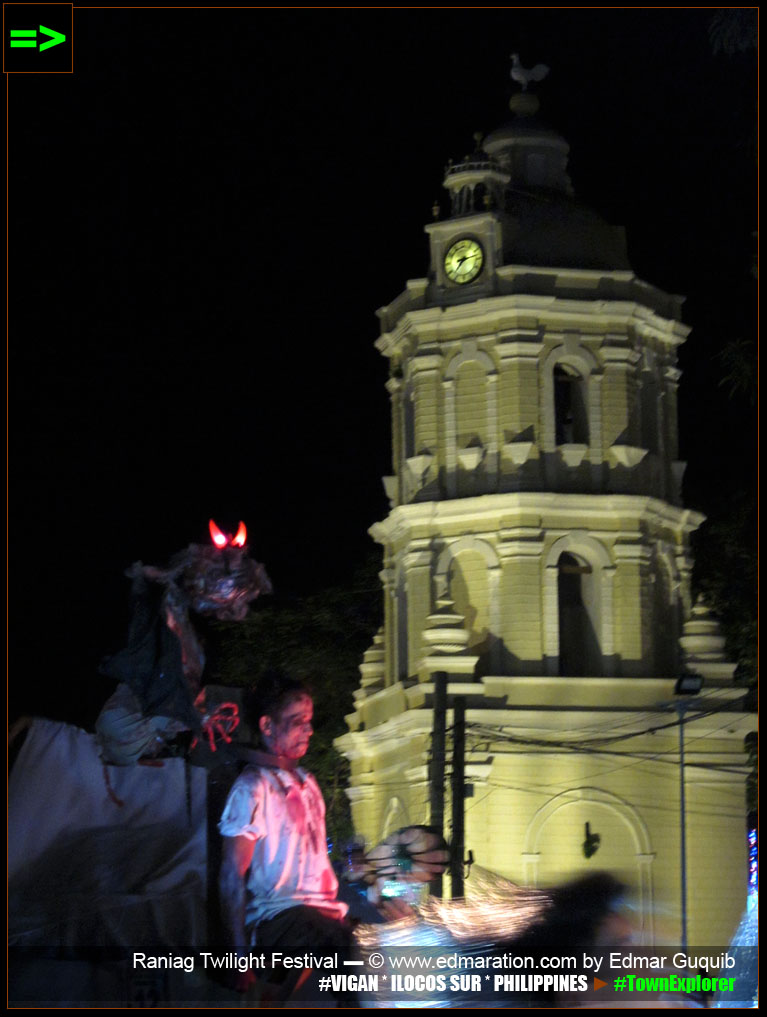
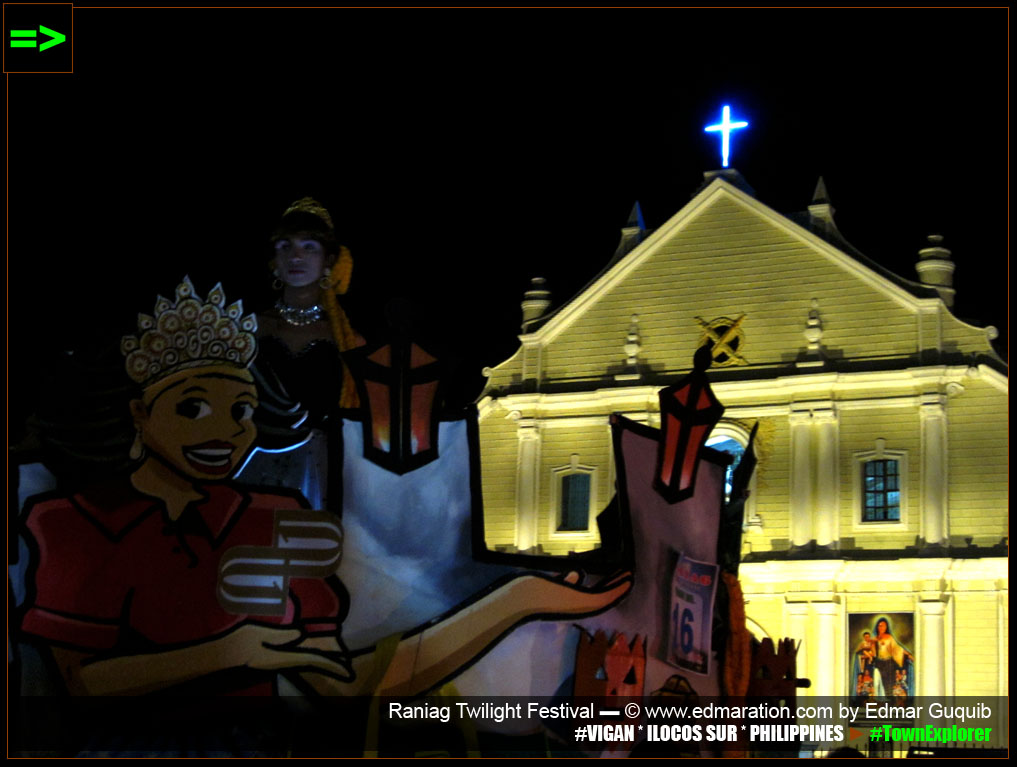

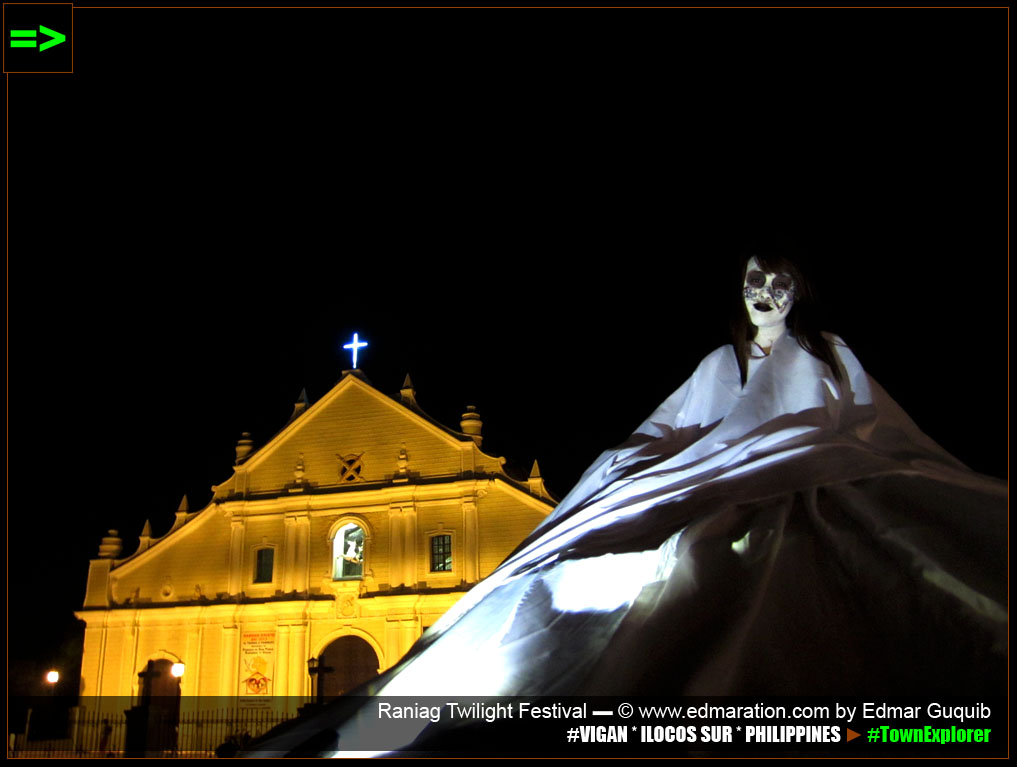

























![[VIGAN] Crispy Bagis: Deep-Fried Pork Intestines with Suká](http://2.bp.blogspot.com/-mjfhX5mcx1w/VC_lfIausfI/AAAAAAAATag/HLSOeaRtaRQ/s1600/15368658242_df6087e522_z.jpg)













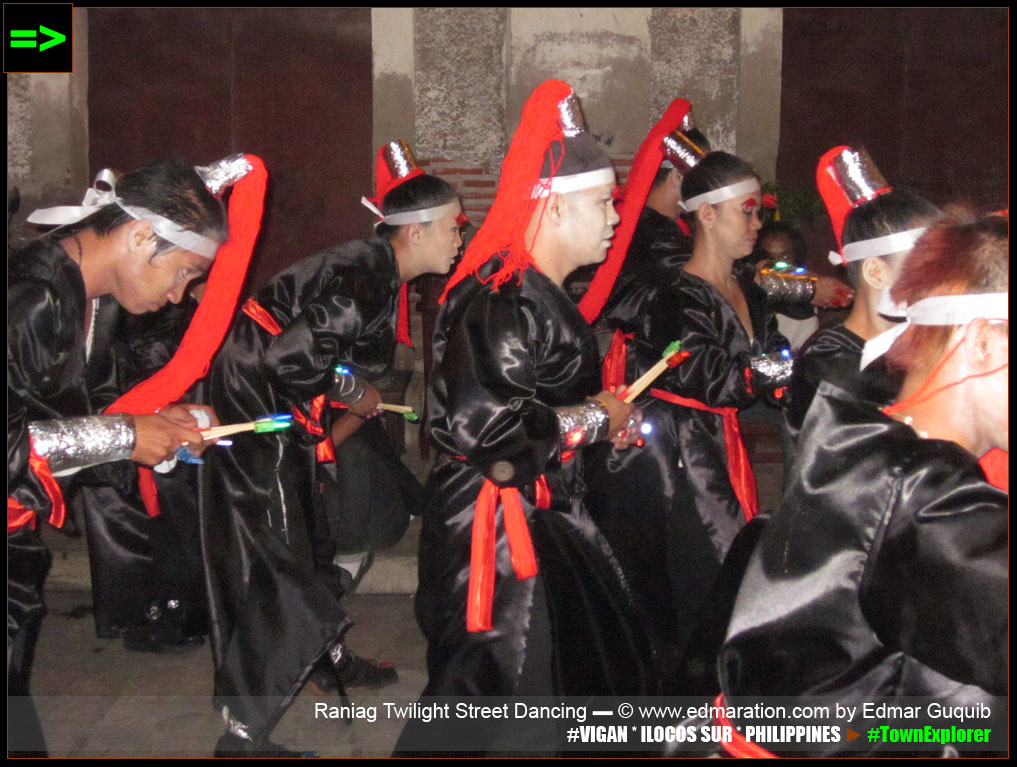
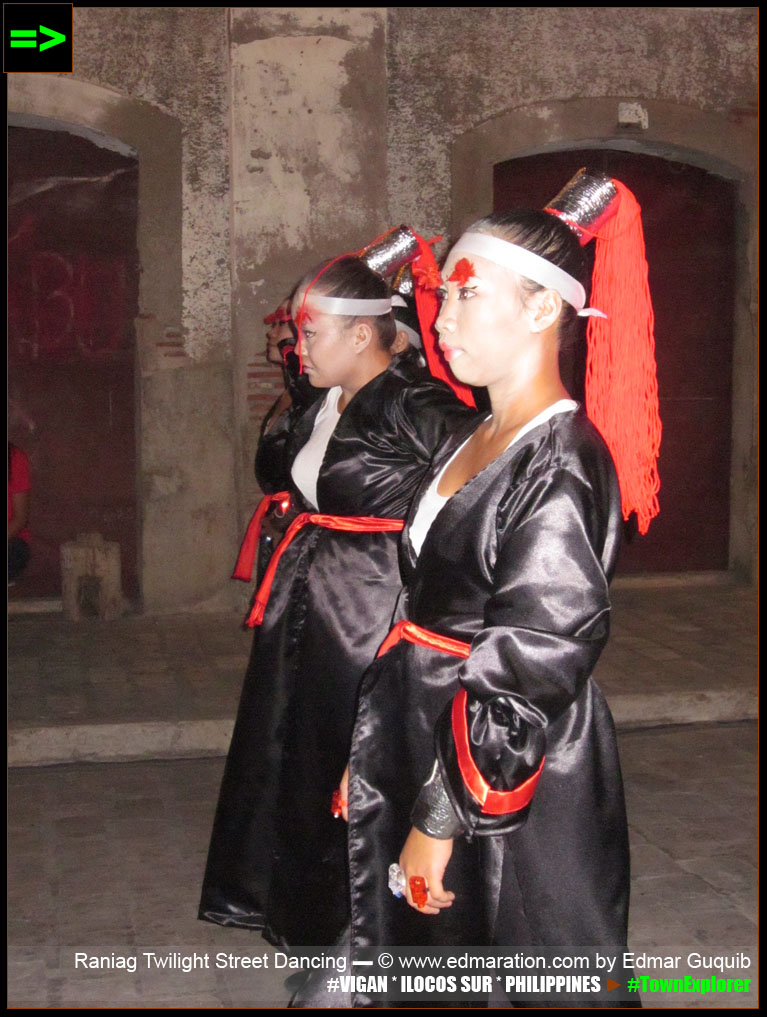
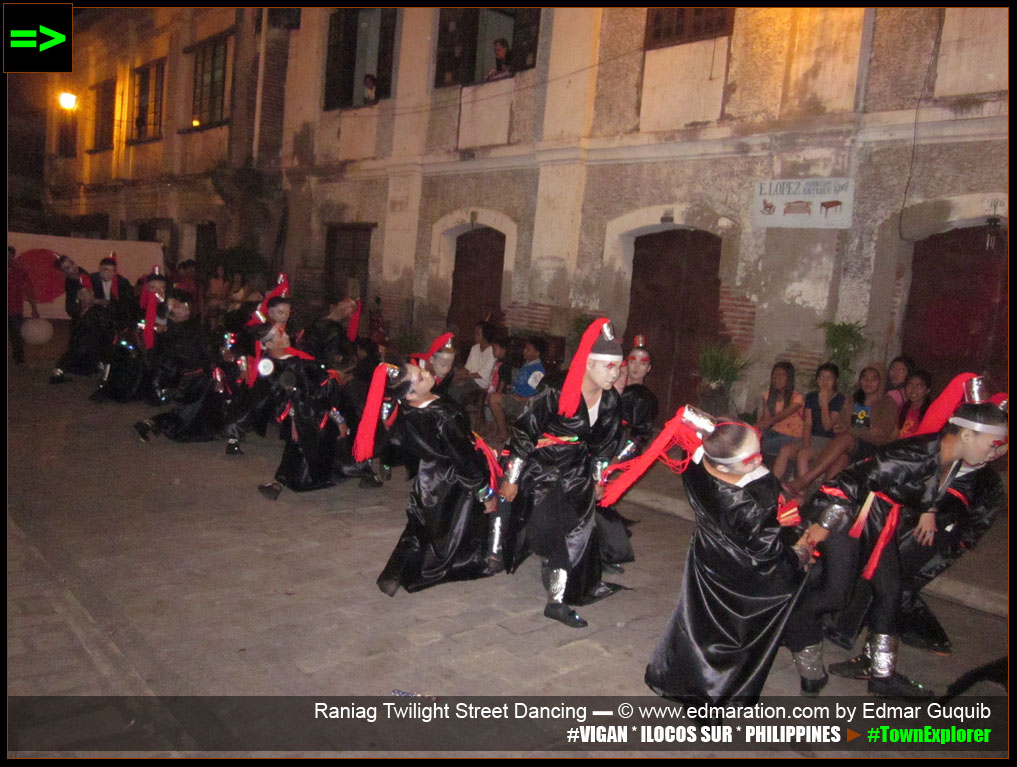
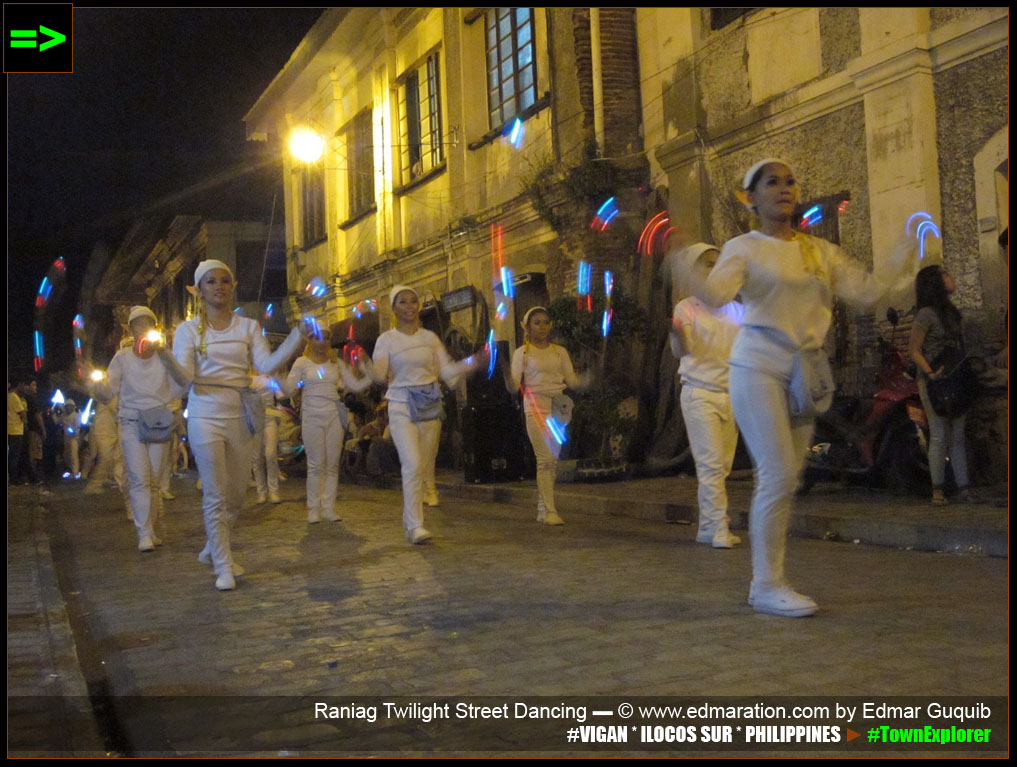
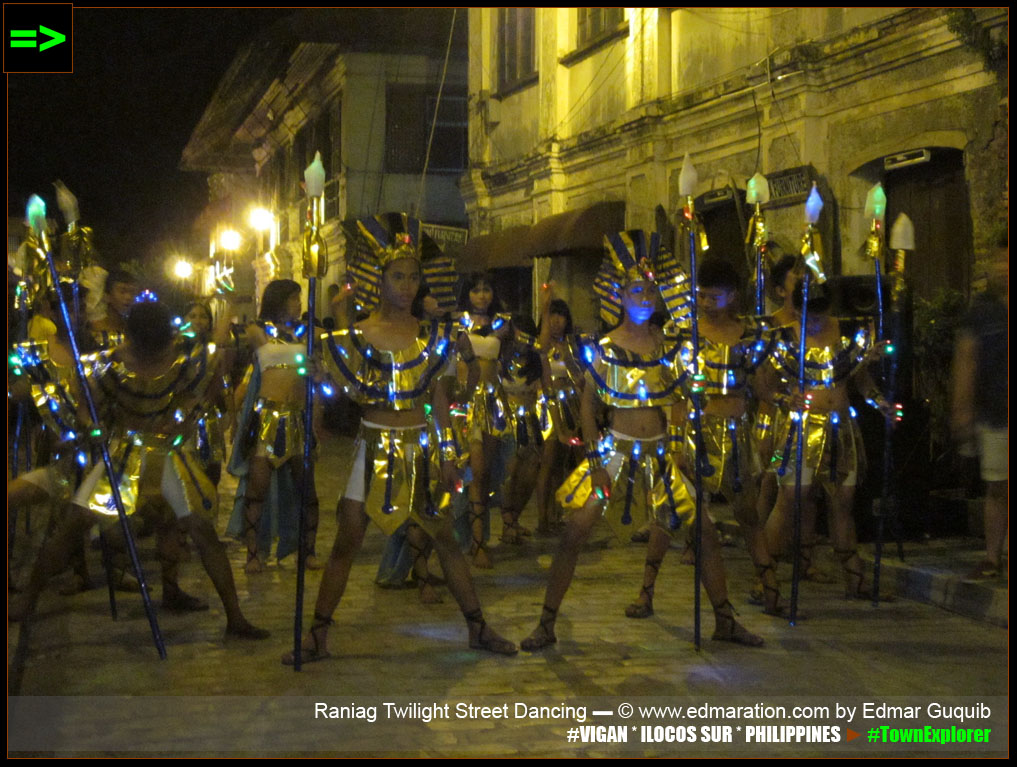
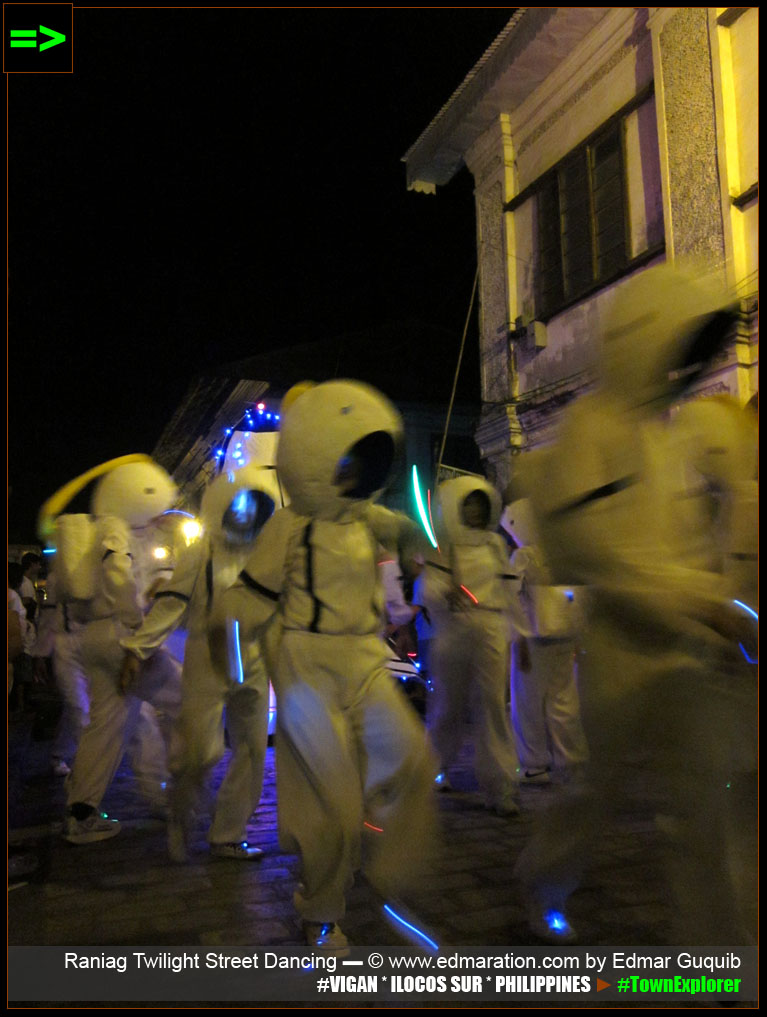
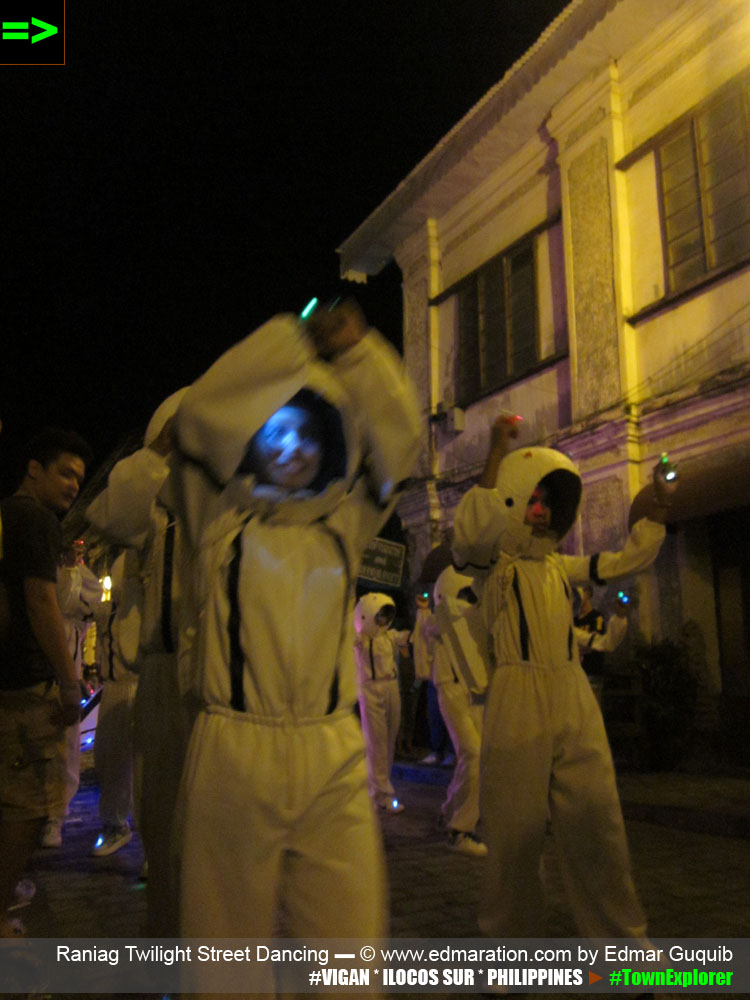
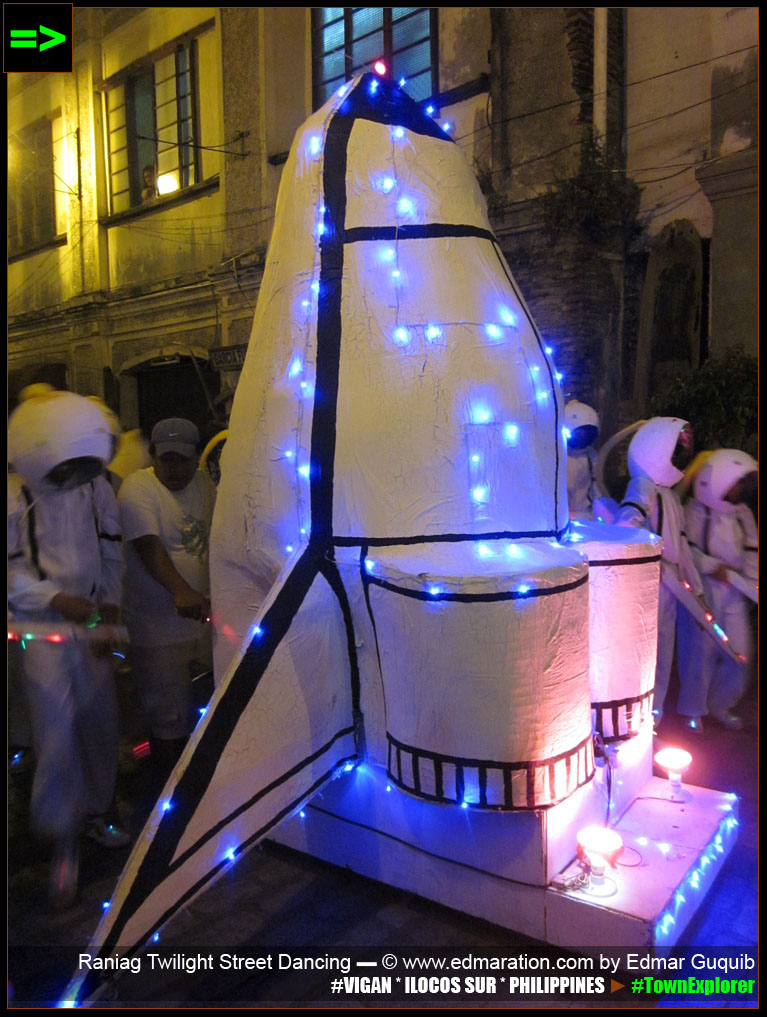
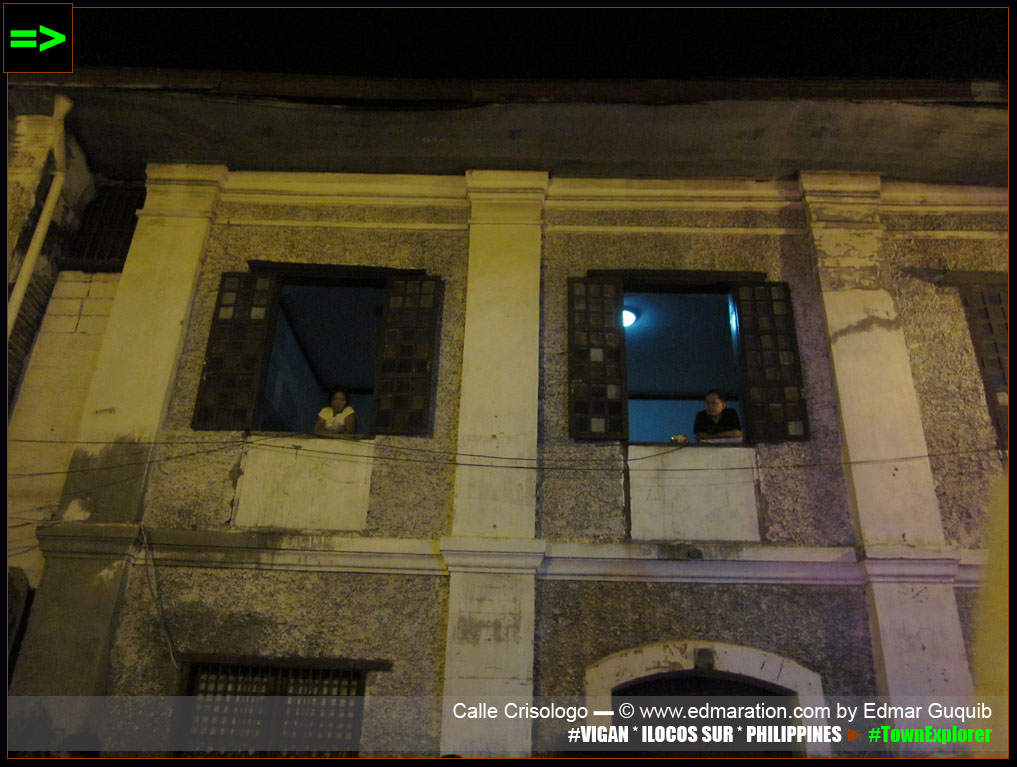
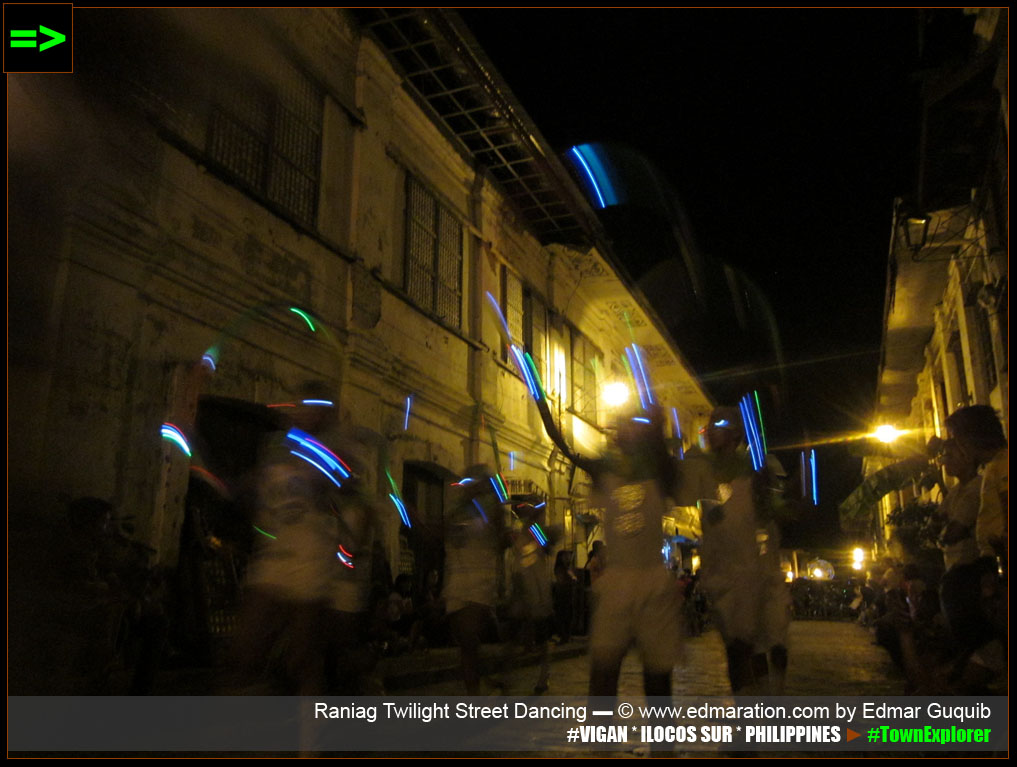
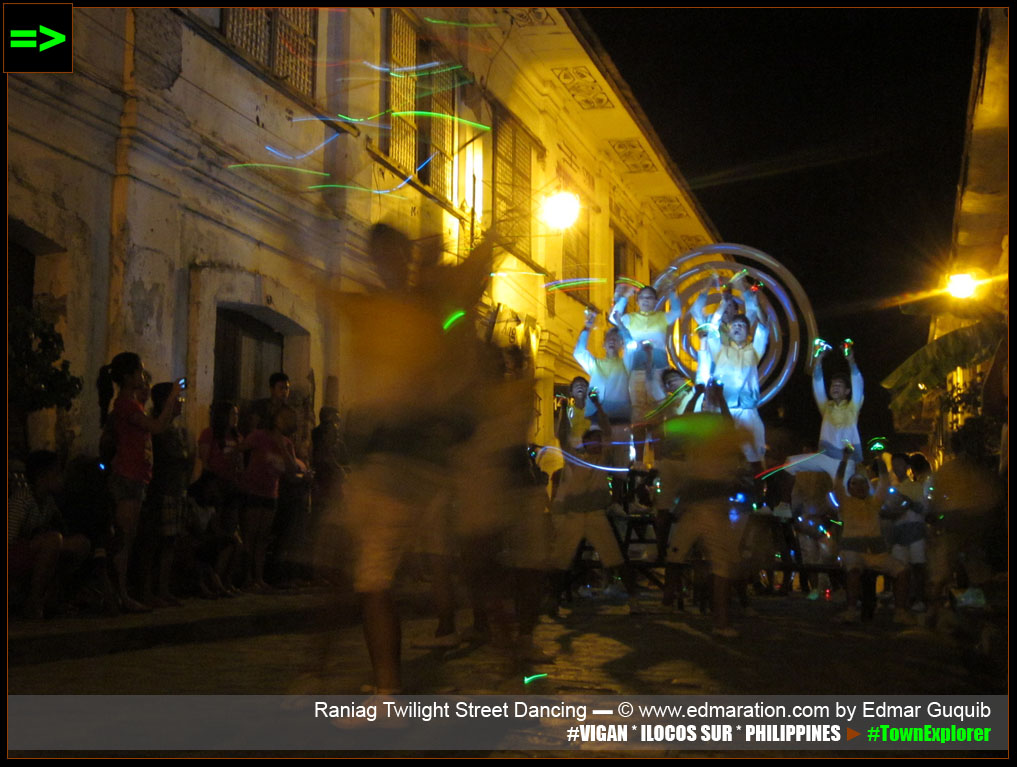
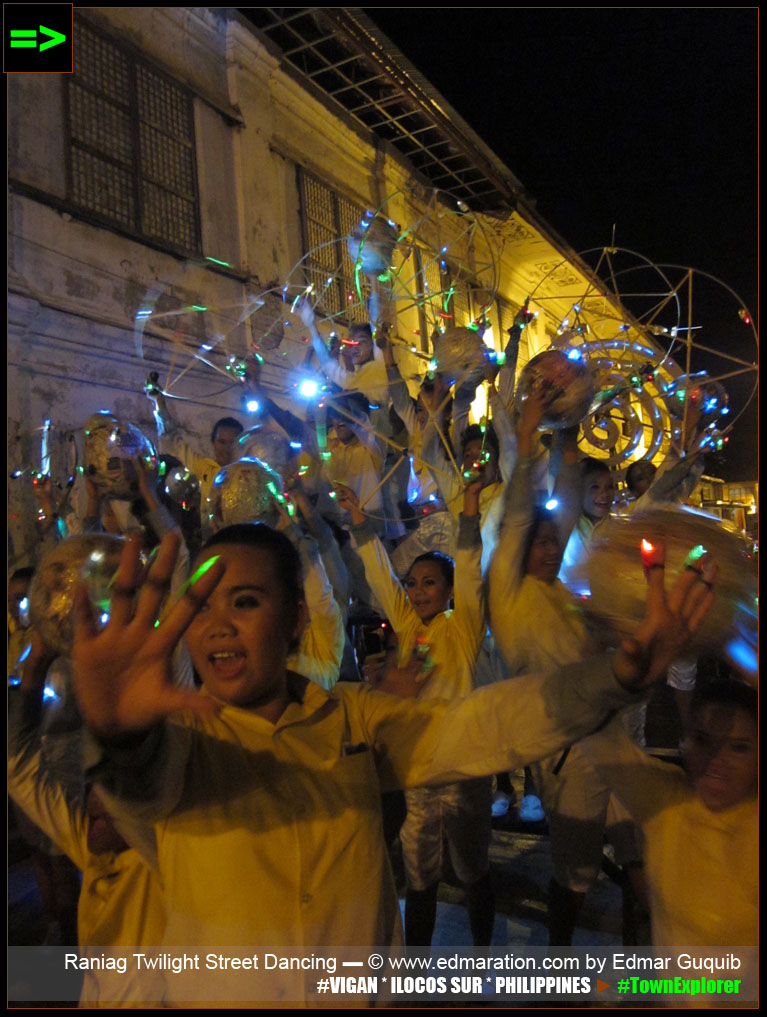


![[VIGAN] Raniag Twilight Festival 2013: Float Parade - Photo Coverage](http://2.bp.blogspot.com/-SJbEJMYSeQ8/VDpD1AsHVII/AAAAAAAATlQ/RVd1QljBV5w/s1600/IMG_3460%2Bcopy.jpg)
![PHILIPPINES ► LUZON ISLAND ► ILOCOS [Featured Photo: Cathedrals of Vigan, Laoag, San Fernando and Dagupan] Click to discover Ilocos. Map © Eugene Alvin Villar](http://1.bp.blogspot.com/-v3lx8x6m7q4/VSqWx2CSkwI/AAAAAAAAVCQ/vgClopfcoyA/s1600/ilocos.jpg)






![PHILIPPINES ► LUZON ISLAND ► ILOCOS SUR [Featured Photo: Ilocos Sur Dancing Fountain] Click here to discover Ilocos Sur. Map © Eugene Alvin Villar](http://4.bp.blogspot.com/-irYqolXntZI/VP5bEVpPbeI/AAAAAAAAUjA/re80lMv3qKo/s1600/ILOCOS%2BSUR.jpg)
![PHILIPPINES ► LUZON ISLAND ► ILOCOS SUR ► BANTAY [Featured Photo: St Agustine Church] Click here to discover Bantay. Map © Eugene Alvin Villar](http://1.bp.blogspot.com/-zDzeNmCQ_-A/VSqalrg72dI/AAAAAAAAVCc/KVkiC-zYrUY/s1600/BANTAY.jpg)
![PHILIPPINES ► LUZON ISLAND ► ILOCOS SUR ► SANTA [Featured Photo: Banaong Gap] Click to discover Santa. Map © Eugene Alvin Villar](http://1.bp.blogspot.com/-H98GKq43jkc/VSqpMNKxbvI/AAAAAAAAVDI/HHYM_RLRwus/s1600/SANTA.jpg)
![PHILIPPINES ► LUZON ISLAND ► ILOCOS SUR ► CAOAYAN [Featured Photo: Puro/Poro Beach] Click here to discover Caoayan. Map © Eugene Alvin Villar](http://4.bp.blogspot.com/-ZGmzsAHrPrw/VSqcDwfgoHI/AAAAAAAAVCo/w3BD9-HGCw4/s1600/CAOAYAN.jpg)



![[UP NEXT] ▬ SPECTACULAR SUNSET ALONG THE WAY ABRA KAWAYAN FESTIVAL](http://farm8.staticflickr.com/7600/16971472109_76f16fab70_z.jpg)







![[BANGUED] ▬ ABRA RIVER SUNSET ABRA RIVER SUNSET](http://farm9.staticflickr.com/8738/16950086357_c987ec2c7b_z.jpg)
![[BANGUED] ▬ ABRA RIVER SUNSET ABRA RIVER SUNSET](http://farm8.staticflickr.com/7638/17157475835_4ae0070b6f_z.jpg)
![[BANGUED] ▬ ABRA RIVER SUNSET ABRA RIVER SUNSET](http://farm8.staticflickr.com/7631/16537338273_7f4ee78397_z.jpg)
![[UP NEXT] ▬ THE NIGHT WAS FULL OF COLOR. KAWAYAN FESTIVAL 2015](http://farm9.staticflickr.com/8703/17113011230_2eec32e5ae_z.jpg)
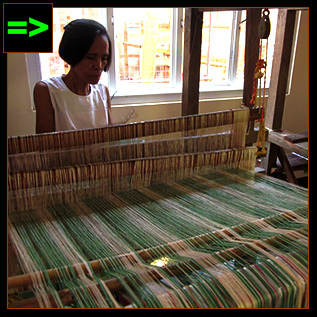


![[BANGUED] ▬ Kawayan Festival Featuring Abra-Inspired Terno](http://4.bp.blogspot.com/-Q8AZEsTM-AM/VPnW-sgP9jI/AAAAAAAAUf8/GZy32LEtA3g/s1600/CIMG3017.jpg)
![[BANGUED] ▬ Abra: Victoria Park - Cassamata Hill National Park](http://2.bp.blogspot.com/-RDWV6S3fhVg/VPnXYyRWpaI/AAAAAAAAUgE/warpegA0kNg/s1600/CIMG0051.jpg)
![[BANGUED] ▬ Peace for Abra: Roasted Cow for Peace](http://1.bp.blogspot.com/-vYwj_rxr_hc/VPnY8il6hoI/AAAAAAAAUgQ/s6cVJk4qSvg/s1600/538508_267532323335126_100002350828037_581624_433989858_n.jpg)






![[BANGUED] ▬ SILNAG: LIGHTED FLOATS PARADE ABRA KAWAYAN FESTIVAL](http://farm9.staticflickr.com/8721/16680278953_9227a37595_z.jpg)
![[BANGUED] ▬ SILNAG: LIGHTED FLOATS PARADE ABRA KAWAYAN FESTIVAL](http://farm8.staticflickr.com/7675/17112805498_64ddd58119_z.jpg)
![[BANGUED] ▬ SILNAG: LIGHTED FLOATS PARADE ABRA KAWAYAN FESTIVAL](http://farm9.staticflickr.com/8695/17093116927_ca1635497f_z.jpg)
![[BANGUED] ▬ SILNAG: LIGHTED FLOATS PARADE ABRA KAWAYAN FESTIVAL](http://farm9.staticflickr.com/8713/17114365759_dbf35b932d_z.jpg)
![[BANGUED] ▬ THE CACAO FLOAT ABRA KAWAYAN FESTIVAL](http://farm9.staticflickr.com/8759/17298732302_62991176e9_z.jpg)
![[BANGUED] ▬ SILNAG: LIGHTED FLOATS PARADE ABRA KAWAYAN FESTIVAL](http://3.bp.blogspot.com/-oq08HMQe51c/VUj0LF0s1TI/AAAAAAAAVOY/IFuLGXULyp4/s1600/IMG_1398.jpg)
![[BANGUED] ▬ SILNAG: LIGHTED FLOATS PARADE ABRA KAWAYAN FESTIVAL](http://farm9.staticflickr.com/8820/17300001861_6ca6611bce_z.jpg)
![[BANGUED] ▬ SILNAG: LIGHTED FLOATS PARADE ABRA KAWAYAN FESTIVAL](http://farm9.staticflickr.com/8689/17300527795_c20401e810_b.jpg)
![[BANGUED] ▬ SILNAG: LIGHTED FLOATS PARADE ABRA KAWAYAN FESTIVAL](http://farm8.staticflickr.com/7694/16678097334_5c8084eb15_b.jpg)
![[BANGUED] ▬ SILNAG: LIGHTED FLOATS PARADE ABRA KAWAYAN FESTIVAL](http://farm9.staticflickr.com/8694/17114335149_ce0a8a62e8_b.jpg)
![[BANGUED] ▬ SILNAG: LIGHTED FLOATS PARADE ABRA KAWAYAN FESTIVAL](http://farm9.staticflickr.com/8799/17112994400_a8e456f4f6_b.jpg)
![[BANGUED] ▬ SILNAG: LIGHTED FLOATS PARADE ABRA KAWAYAN FESTIVAL](http://farm8.staticflickr.com/7684/17298703942_075ee822e3_b.jpg)
![[BANGUED] ▬ SILNAG: LIGHTED FLOATS PARADE ABRA KAWAYAN FESTIVAL](http://farm8.staticflickr.com/7674/17300003721_5e71dd9c7f_b.jpg)
![[UP NEXT] ▬ WHAT ARE THESE KIDS DOIN' HERE? ABRA KAWAYAN FESTIVAL](http://farm8.staticflickr.com/7714/16678146944_eb8554e9fd_z.jpg)







